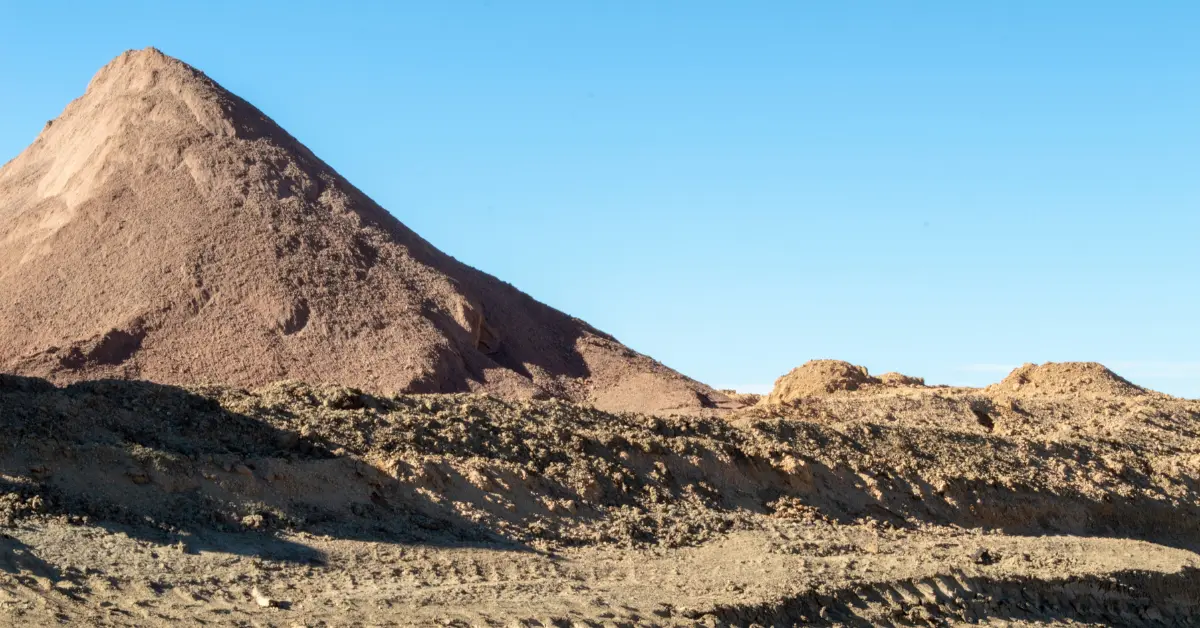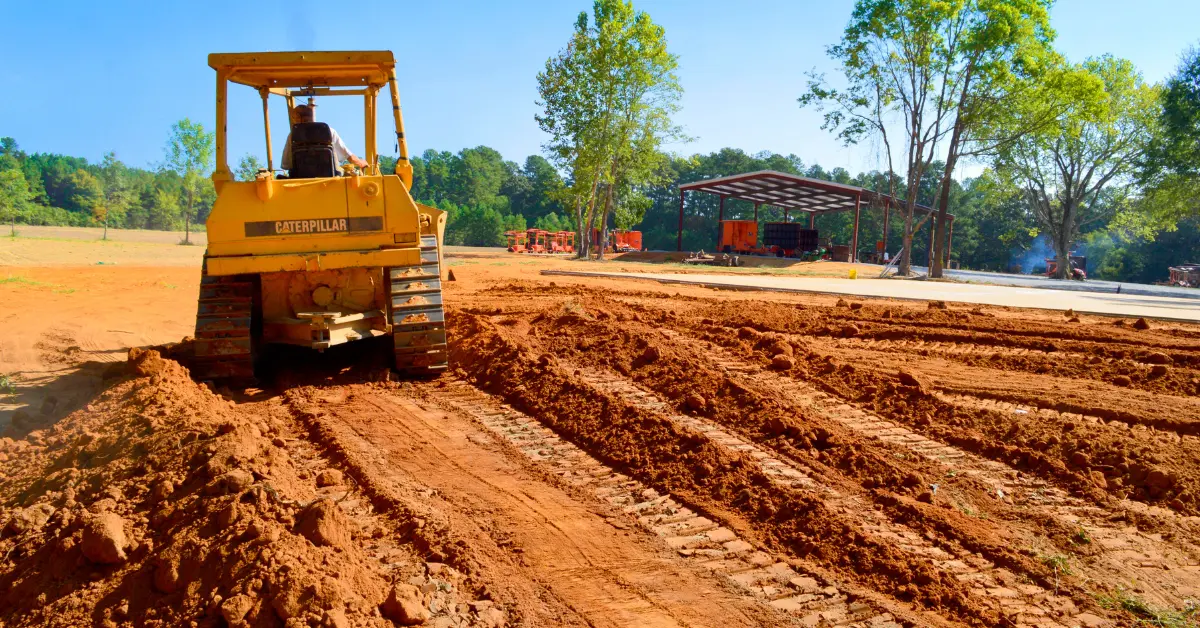
Understanding the distinction between clean fill dirt and regular soil is critical when planning any site development. Regular soil’s nutrient-rich organic layer is ideal for plant growth but unsuitable for load-bearing applications. In contrast, clean fill dirt offers predictable compaction and drainage properties, making it the go-to choice for projects that demand a stable base—whether you’re leveling a lot, constructing retaining walls, or preparing a flood-resistant embankment.
Understanding Clean Fill Dirt
The Definition
This type of dirt is free from contaminants, toxins, and organic matter, which makes it highly suitable for various construction purposes. It is often used to fill in depressions, level out uneven terrain, and provide a stable foundation for building projects. Typically, clean fill dirt is composed of sand, clay, and silt, creating a compact and dense material ideal for structural support. Unlike topsoil, clean fill dirt should not contain any organic matter, which could decompose over time, causing settling or instability in constructed areas. This purity is crucial for maintaining the structural integrity of projects built on or around the fill dirt.
Differences Between Clean Fill Dirt vs. Regular Soil
While both serve fundamental roles in construction and landscaping, they differ significantly in composition and use. Regular soil is a mix of organic matter, minerals, gases, liquids, and organisms that support plant life. It is rich in nutrients, making it ideal for gardening and agriculture. However, its organic content can make it unstable for construction purposes, as the decomposition process can lead to soil shifting and settling.
Clean fill dirt lacks organic content, which minimizes the risk of decomposition and settling. This stability is vital for projects like road construction, where a firm foundation is necessary to support the weight and movement of vehicles. The absence of nutrients also means that it does not support plant growth, reducing the risk of weeds and other vegetation affecting the structural integrity of a construction project. The distinction between these materials is crucial for contractors who must choose the appropriate type of dirt based on the specific needs of their projects. Regular soil may be ideal for landscaping around a new home; clean fill dirt is more suitable for establishing the home's foundation.
The Role of Clean Fill Dirt in Construction Projects
It is commonly used in projects that require a firm and leveled base. This includes the construction of roads, highways, and parking lots, where a stable base layer is necessary to prevent cracking and shifting over time. Additionally, clean fill dirt is used to fill large voids or holes in land development, ensuring a consistent and supportive landscape for further construction. In urban development, it is often utilized to raise low-lying areas, protecting structures from potential water damage during heavy rainfall or flooding. Contractors prefer using clean fill dirt in these scenarios because it does not retain water, reducing the risk of waterlogging and erosion. It is indispensable in landfill capping and reclamation projects, where it is used to cover and seal waste materials. This application not only prevents the escape of harmful gases but also provides a stable surface for future development or restoration of the natural environment.
Types of Fill Dirt: Unscreened, Blended, and More
In addition to clean and screened fill dirt, there are several other common types that buyers may encounter when sourcing bulk fill dirt for construction or landscaping projects. Understanding the distinctions among these types is essential for selecting the right material for your specific needs. Unscreened fill dirt is the most basic and cost-effective option available. As its name suggests, this type of fill dirt has not undergone any screening or refining process. It is typically sourced directly from excavation sites and may contain a mix of subsoil, rocks, clay, sand, and organic material such as roots or small amounts of decomposed vegetation. The texture of unscreened fill dirt can vary widely, ranging from loose and sandy to dense and clay-heavy, often including clumps, stones, and occasional debris. Due to its unrefined nature, unscreened fill dirt is best suited for large-scale projects where precision and soil uniformity are not critical. Typical uses include filling deep holes, raising or leveling large tracts of land, or serving as a base layer that will later be topped with higher-quality soil or aggregates. While it is the most affordable choice, buyers should be aware that the presence of rocks and organic material can make compaction less predictable and may require additional site preparation or processing before the material can be used.
Blended fill dirt, on the other hand, is a custom mixture designed to achieve specific characteristics or performance requirements. Suppliers may create blended fill dirt by combining different soil types, such as sand, clay, and silt, or by mixing fill dirt with other materials, including compost, gravel, or screened topsoil. The resulting blend offers improved versatility and can be tailored for particular applications. For example, a blend with higher sand content may be chosen for projects requiring enhanced drainage, while a clay-rich blend might be preferred where maximum compaction and stability are needed. The composition of blended fill dirt is typically more consistent than unscreened fill, and the presence of large debris is minimized through partial screening or careful mixing. This makes blended fill dirt a popular choice for landscaping, grading, or projects where both stability and moderate fertility are desired. Other available types include specialty fills, such as engineered fill or structural fill, which are produced to meet strict compaction and load-bearing standards. These are often used in critical infrastructure projects or areas where soil performance is tightly regulated.
Benefits of Using Bulk Fill Dirt
Cost-Effectiveness of Buying in Bulk
For contractors, managing project costs is paramount, and buying bulk fill dirt presents a strategic advantage in this regard. Purchasing fill dirt in bulk can significantly reduce the overall cost compared to buying smaller quantities. This cost-effectiveness stems from economies of scale—larger quantities often come with discounted rates per cubic yard, ultimately translating to substantial savings. For instance, if a project requires 1,000 cubic yards of fill dirt, buying in bulk could easily save a contractor 10-20% per cubic yard compared to purchasing smaller loads.
Bulk purchases reduce the frequency of deliveries, which minimizes transportation costs and the environmental impact associated with multiple shipments. For large-scale projects, where fill dirt is a critical component, this can lead to logistical efficiency and reduced downtime on-site. By aligning procurement with long-term project needs, contractors can better manage budgets and timelines.
Environmental Benefits of Bulk Fill Dirt
Clean fill dirt, free from contaminants and debris, contributes positively to environmental sustainability. Contractors ensure that construction sites remain free from harmful substances that could leach into the surrounding soil and water systems. This practice not only protects local ecosystems but also complies with environmental regulations that govern construction activities. Furthermore, sourcing fill dirt locally reduces the carbon footprint associated with transporting it over long distances. Local sourcing minimizes emissions and supports sustainable practices by decreasing the environmental impact of moving large volumes of earth. Clean fill dirt can also be reused and recycled in other projects, promoting a circular economy model in the construction industry.
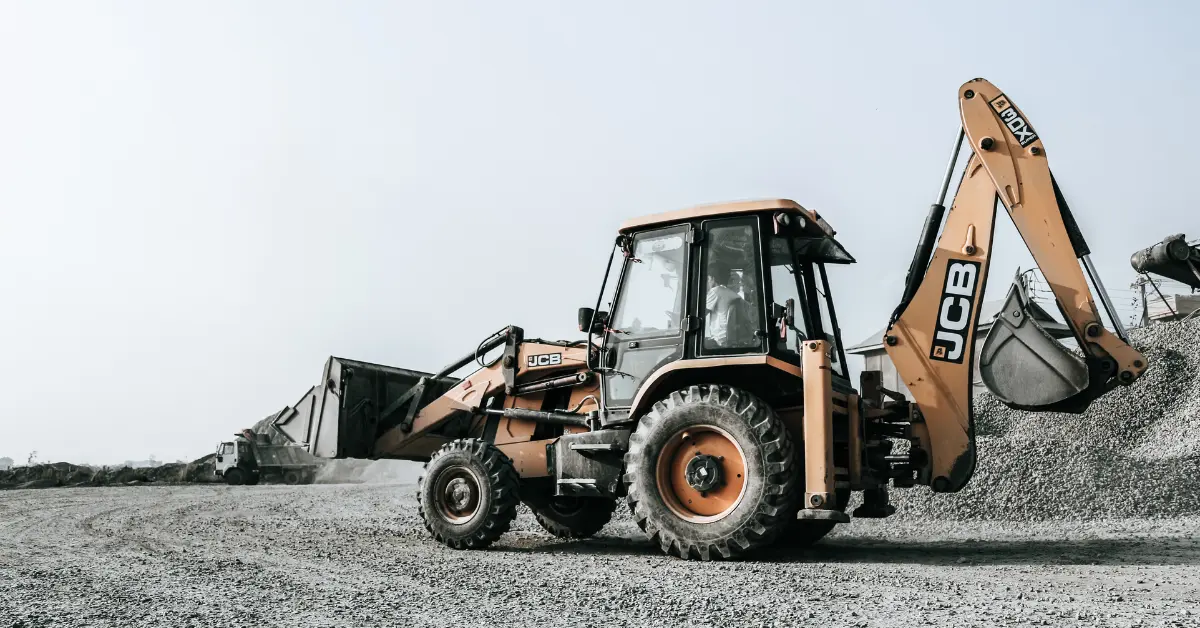
How Fill Dirt Enhances Soil Stability
Fill dirt is an indispensable asset in enhancing soil stability for construction projects. It provides a stable base for structures, reducing the risk of settling and shifting that can occur over time. The composition of fill dirt, which typically includes a mixture of clay, silt, and sand, contributes to its compaction properties, making it ideal for creating a solid foundation.
When used in projects such as road construction, fill dirt plays a crucial role in preventing erosion and maintaining the integrity of the surface. It helps level uneven terrain, which is essential for ensuring that structures are built on a uniform foundation. This stability is particularly important in areas prone to natural disturbances, such as earthquakes or heavy rainfall, where soil compaction and stability can prevent significant structural damage.
In landscaping, fill dirt is used to grade land, create slopes, and improve drainage, all of which enhance the stability and usability of the site. For example, in urban development projects, fill dirt can be used to elevate land in flood-prone areas, effectively safeguarding properties against potential water damage. The strategic use of fill dirt not only supports the physical stability of structures but also contributes to the aesthetic and functional design of outdoor spaces.
How to Order Bulk Clean Fill Dirt
Choosing the Best Supplier for Clean Fill Dirt
Selecting the right clean fill dirt supplier is crucial for project success, impacting efficiency and cost. A meticulous approach to supplier selection is paramount to ensure high-quality materials and reliable service.
- Verify Reputation and Reliability: Go beyond their website and explore online reviews and ratings on platforms like Google My Business and Yelp. Pay close attention to recurring positive feedback regarding product quality, delivery timeliness, customer service, and problem resolution. A high volume of positive reviews indicates a proven track record. Engage with the local construction community, reaching out to other contractors and landscapers for firsthand experiences and recommendations. Participating in local industry forums can also provide valuable networking opportunities and referrals. A supplier with a strong, positive word-of-mouth reputation within the local industry is often a reliable choice.
- Assess Fill Dirt Quality: Once reputable suppliers are identified, assess the quality of their fill dirt meticulously. "Clean fill dirt" is a non-negotiable requirement, meaning it must be entirely free from contaminants such as chemicals, hazardous materials, excessive organic matter, trash, or large debris, which can compromise structural integrity and lead to environmental issues. Always request a test report or certification from the supplier, confirming that the dirt meets all relevant local, state, and federal environmental standards. Reputable suppliers will readily provide documentation from independent third-party laboratories. Be wary of those hesitant to do so. Inquire about screened fill dirt, which undergoes filtration to remove larger debris, reducing on-site processing.
- Consider Logistical Capabilities: A supplier's logistical capabilities are a vital consideration. Flexible and reliable delivery options can significantly mitigate potential project delays. Discuss their delivery schedules, lead times, and capacity to handle large orders, ensuring they can efficiently transport the required volume to your specific site conditions. Inquire about their fleet of delivery vehicles and equipment, and whether they offer various truck sizes to accommodate different site access points. A supplier with robust logistical support can ensure timely material arrival, keeping your project on track and avoiding costly downtime, which is crucial for maintaining efficiency and adhering to project timelines.
- Inquire About Dirt Origin and Proximity: Always inquire about the origin of their fill dirt. Local suppliers often offer several advantages, with proximity typically translating to more competitive pricing due to reduced transportation costs. Shorter travel distances also contribute to a lower carbon footprint, aligning with more sustainable practices. Local suppliers may possess a deeper understanding of regional soil characteristics and local regulations, which can be highly beneficial for your project's compliance and success.
- Evaluate Pricing and Contract Terms: While not explicitly mentioned, it's essential to evaluate the supplier's pricing structure and contract terms. Request detailed quotes that outline all costs, including delivery fees, potential surcharges, and any hidden expenses. Compare quotes from multiple reputable suppliers to ensure you're getting a competitive rate. Scrutinize the contract for clear terms regarding delivery schedules, quality guarantees, and payment conditions. Understand their policies on returns, exchanges, or compensation for non-compliant materials. A clear and transparent contract protects both parties and helps prevent future disputes, ensuring a smooth transaction and a reliable supply of materials throughout the project's duration.
By carefully considering these factors, you can make an informed decision and select a supplier that provides high-quality fill dirt, reliable service, and ultimately contributes to the successful completion of your construction or landscaping endeavor.
Understanding Bulk Clean Fill Dirt Delivery Costs
The cost of delivering bulk clean fill dirt can vary significantly depending on several factors. One of the most important considerations is the distance between the supplier and the delivery location. Typically, the further the distance, the higher the transportation cost due to fuel and labor expenses. To mitigate this, opt for local suppliers whenever possible, as they often offer more competitive delivery rates.
The volume of fill dirt ordered also impacts delivery costs. Larger orders may qualify for bulk discounts, resulting in a lower overall price per cubic yard. However, excessive quantities may necessitate multiple truckloads, increasing costs. It is crucial to balance the volume ordered with the available budget and storage capacity at the site. Another factor influencing delivery costs is the accessibility of the delivery site. Sites with difficult terrain or restricted access may incur additional charges due to the need for specialized equipment or extra labor. Before placing an order, communicate with the supplier about site conditions to obtain an accurate delivery quote. Consider any additional services offered by the supplier, such as offloading or spreading the fill dirt. While these services can add to the initial cost, they may save time and labor expenses in the long run, making them a worthwhile investment for many projects.
The Compaction of Clean Fill Dirt
How Clean Fill Dirt Compacts During Construction
Understanding how this material compacts is essential for ensuring structural integrity. When clean fill dirt is properly compacted, it reduces the likelihood of settlement issues that could compromise the stability of buildings, roads, and other infrastructures. During the compaction process, air is expelled from the spaces between soil particles, which increases the density of the fill dirt. This is typically achieved through mechanical means, as relying solely on natural compaction would be inefficient and time-consuming. The degree of compaction can also vary based on the type of soil, moisture content, and compaction method employed. For instance, clayey soils typically require more effort to compact adequately due to their cohesive nature. In contrast, sandy soils compact more easily but may require careful moisture control to prevent shifting.
Compaction is not a one-size-fits-all operation. Different construction projects demand varying levels of compaction, often measured by the Proctor compaction test, which assesses the optimal moisture content and maximum dry density of the soil. Projects such as highway construction may require a higher degree of compaction to withstand significant load stresses, whereas residential projects might have more lenient requirements.
Techniques for Proper Compaction
Effective compaction of clean fill dirt involves a blend of methods tailored to the project's specific needs. The choice of technique hinges on the type of fill material, the site's characteristics, and the desired compaction level. Commonly used compaction methods include static, vibratory, and impact compaction.
Static compaction involves applying a steady pressure to the soil using heavy machinery like rollers. This method is suitable for cohesive soils where the weight of the equipment can effectively decrease air gaps. Vibratory compaction is more effective for granular soils; it utilizes a combination of weight and vibration to rearrange soil particles into a denser configuration. This technique is particularly useful in sandy or gravelly soils where vibration facilitates particle movement.
Another method, impact compaction, employs the repeated application of force to achieve compaction. This technique is beneficial for thick layers of fill dirt and is often used in conjunction with other methods to enhance results. Moisture control is another critical factor in the compaction process. Ensuring that the soil is at its optimal moisture content before compaction can significantly affect the outcome. Excessive moisture can result in a muddy consistency, reducing the effectiveness of compaction efforts, while insufficient moisture can lead to inadequate particle cohesion.
Tools Required for Effective Compaction
Properly utilizing compaction tools is essential for achieving the desired density and stability of clean fill dirt. These tools represent a range of engineering solutions, from manual implements for precise work to massive, self-propelled machines for large-scale operations. Each tool is designed to apply pressure, vibration, or impact, thereby reducing air voids and increasing the soil's bearing capacity.
- Handheld and Walk-Behind Compactors: For smaller-scale projects, delicate tasks, or areas with challenging access, specialized tools are indispensable. Hand tampers, essentially heavy plates with long handles, are perfect for compacting soil in extremely tight spaces, such as around utility pipes or footings. Their reliance on manual force allows for precise control, albeit at a slower pace. Plate compactors offer a significant step up in efficiency, powered by gasoline or electric motors. These machines utilize a vibrating plate to consolidate granular soils like sand and gravel, combining weight and high-frequency vibration to effectively compact sub-bases for patios, walkways, and small foundations.
- Heavy Rollers (Smooth Drum and Padfoot): Larger construction projects necessitate the deployment of more robust and technologically advanced machinery, with rollers serving as the primary workhorses for extensive area compaction. Smooth drum rollers, characterized by their unsegmented, cylindrical drums, are ideal for achieving a smooth, dense surface on granular soils and asphalt, primarily through static weight and vibration. In contrast, padfoot rollers, also known as sheepsfoot rollers, feature drums covered in protruding lugs or "feet" designed to knead and compact cohesive soils like clay and silt, breaking up clods and ensuring uniform density throughout the lift.
- Pneumatic-Tired Rollers: Pneumatic-tired rollers offer remarkable versatility due to their multiple rubber tires, enabling them to compact a broader range of soil types. The adjustable pressure of their tires allows them to adapt to varying soil conditions, effectively compacting both granular and cohesive materials.
- Dynamic Compaction: Beyond conventional methods, certain situations require specialized techniques for achieving compaction at significant depths, such as dynamic compaction. This powerful method is employed when deep densification of loose granular soils or fill materials is necessary. It involves the controlled dropping of heavy weights, often ranging from 5 to 40 tons, from considerable heights (typically 10 to 40 meters) onto the ground surface. The repetitive impact generates high-energy shock waves that penetrate deep into the soil, rearranging particles and increasing their density.
The optimal choice of equipment not only ensures efficient material consolidation but also guarantees the long-term stability and performance of the constructed infrastructure.
Bulk Dirt Delivery: What to Expect
Scheduling a Bulk Dirt Delivery
Arranging for bulk dirt delivery is a crucial step in ensuring your construction project progresses smoothly. The first consideration is selecting a reputable supplier known for reliability and quality. Before contacting potential suppliers, assess your specific project needs, such as the volume of fill dirt required and any special delivery requirements. Choosing a supplier with a proven track record can save you from costly delays. Many contractors prefer working with local suppliers to reduce transportation costs and support local businesses.
Once a supplier is chosen, coordinate with them to determine an optimal delivery schedule. Consider factors such as weather conditions, as rain can complicate delivery and use of fill dirt. Furthermore, plan deliveries during off-peak hours to avoid traffic congestion that can lead to delays. This planning is crucial for urban sites where road space is limited. According to the Federal Highway Administration, off-peak deliveries can significantly reduce transportation time and costs.

Tips and Best Practices
Proper site preparation, installation, and follow-up are essential for maximizing the effectiveness and longevity of clean fill dirt in any project. Begin with thorough site preparation by clearing the designated area of debris, vegetation, and obstacles that might interfere with delivery or spreading. Mark the boundaries of the fill area using stakes, flags, or spray paint to guide both the delivery team and equipment operators. For sites with soft or uneven ground, lay down gravel, plywood, or boards to create stable access paths for heavy trucks and machinery. This proactive step helps prevent equipment from becoming stuck and protects the underlying soil structure. Before the dirt arrives, ensure the area is dry and not prone to pooling water, as excess moisture can complicate both delivery and compaction.
When installing fill dirt, apply it in thin, even layers—typically 2 to 4 inches at a time. Each layer should be spread uniformly across the site, avoiding large mounds or uneven patches. After spreading each layer, compact it thoroughly using appropriate equipment such as plate compactors for small areas or heavy rollers for larger projects. Proper compaction is crucial; it eliminates air pockets, enhances density, and establishes a stable foundation for subsequent construction or landscaping. Repeat this process for each subsequent layer, ensuring that the fill dirt is built up gradually to the desired height. Avoid rushing the process by adding thick layers, as this can lead to uneven settling and reduced stability over time. Moisture management plays a vital role in achieving optimal compaction and stability. Before compacting each layer, lightly moisten the fill dirt if it is too dry, as a small amount of water helps soil particles bind together and settle more densely. However, avoid overwatering, which can turn the soil muddy and hinder compaction. The ideal moisture level is when the soil holds its shape when squeezed but does not release excess water. Regularly check moisture content, particularly during hot or dry weather, and adjust as needed to maintain consistency throughout the project.
After installation, monitor the filled area for any signs of settling, erosion, or drainage issues—especially following heavy rainfall or significant use. If low spots appear, add and compact additional fill dirt as necessary to maintain a level surface. For landscaping projects, consider topping the fill dirt with a layer of quality topsoil or compost to support healthy plant growth and improve surface aesthetics. Where erosion is a concern, use mulch, erosion control blankets, or temporary barriers to protect the newly filled area until it stabilizes.
Evaluating Screened Fill Dirt
What is Screened Fill Dirt?
This is a type of soil that has undergone a refining process to remove debris, rocks, and other organic materials. This process involves passing the fill dirt through a mesh or screen, ensuring that the remaining soil is composed of uniformly small particles. The screening process is crucial in ensuring consistency and quality, which are essential for construction projects that require stable and reliable soil composition. Typically, screened fill dirt is free from contaminants, making it ideal for projects that require a clean and uniform substrate.
The screening process varies depending on the project requirements. For instance, a construction project might require fill dirt with a different particle size than a landscaping endeavor. The size of the mesh used during screening directly influences the texture and suitability of the fill dirt for various applications. Such customization makes screened fill dirt a versatile choice for professionals in the construction industry.
It also offers improved drainage compared to unscreened fill. The absence of large debris and organic matter allows water to pass through more freely, reducing the risk of waterlogging and associated structural issues. Because screened fill dirt is typically free from contaminants and toxins, it is safe for use in residential projects where soil quality directly impacts the health of the surrounding environment. Although screened fill dirt may initially seem more expensive than unscreened alternatives, its reliability can lead to long-term savings. Projects that use screened fill dirt often experience fewer problems related to settling and erosion, which can otherwise result in costly repairs.
Frequently Asked Questions (FAQs)
What is clean fill dirt, and how is it different from other types of fill dirt?
Clean fill dirt is subsoil free of contaminants, organic matter, and debris. Unlike regular or unscreened fill dirt, it provides predictable compaction and stability, making it ideal for construction and structural projects that require a stable, uniform base.
How do I know if the fill dirt is free from contaminants or debris?
Reputable suppliers provide documentation or test reports verifying that their fill dirt meets environmental standards. You can request these reports or certifications to ensure the material is free from chemicals, hazardous substances, and large debris before purchase.
Is clean fill dirt suitable for my specific project (e.g., foundation, landscaping, drainage)?
Clean fill dirt is highly versatile and suitable for projects needing stability and compaction, such as foundations, grading, and drainage improvements. For gardening or plant growth, however, you will need to add a layer of nutrient-rich topsoil above the fill dirt.
Where does your fill dirt come from, and how is it sourced?
Fill dirt is typically sourced from local excavation sites or construction projects. Reputable suppliers ensure it is clean and uncontaminated, often screening and testing the soil before making it available for sale to meet quality and safety standards.
Can I inspect the fill dirt before purchasing or delivery?
Yes, many suppliers allow customers to inspect fill dirt at their facility or upon delivery. Inspecting the material helps confirm its cleanliness, composition, and suitability for your project before it is accepted or spread on your site.
What certifications or testing are available to ensure quality?
Suppliers may offer third-party laboratory test results or certifications confirming the fill dirt is free from contaminants and meets local regulations. Ask your supplier for documentation to verify the material’s safety and compliance with environmental standards.
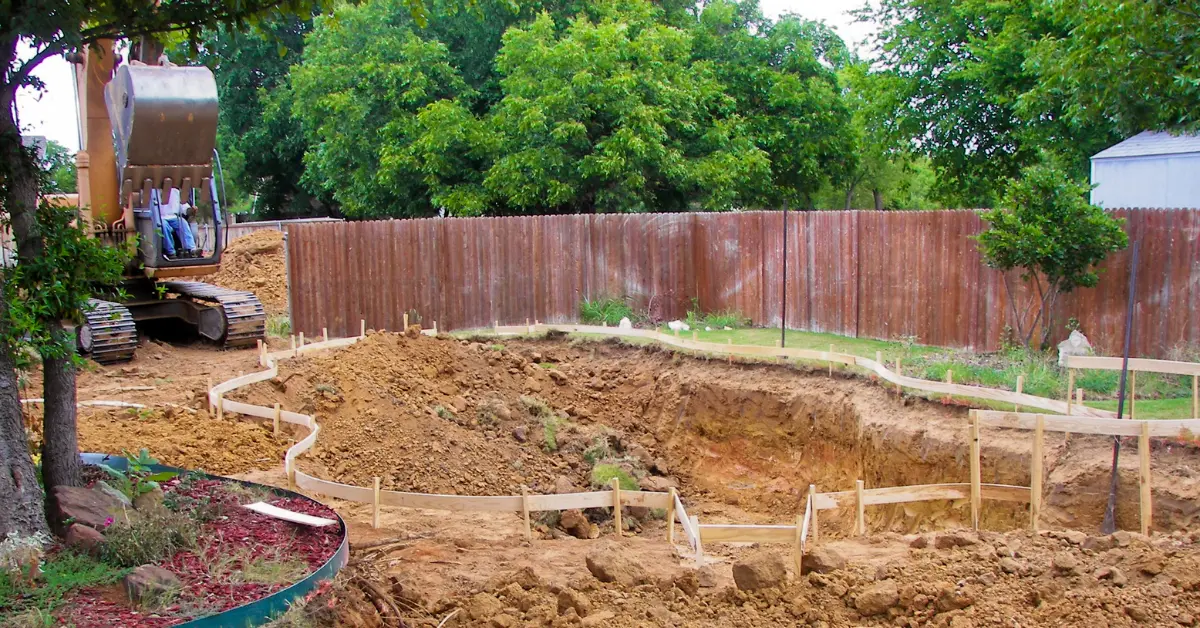
Clean fill dirt offers numerous advantages for construction and landscaping projects. It serves as a stable foundation material, instrumental in grading and leveling land, and provides essential support for structures. Unlike topsoil, it lacks organic material, reducing the risk of shifting and settling, which is crucial for maintaining structural integrity. This makes it particularly valuable in large-scale developments where stability is paramount. Additionally, clean fill dirt is often more cost-effective than other materials. Its affordability stems from its availability and the simplicity of the screening processes used to ensure its cleanliness. Contractors can thus allocate budget savings to other critical areas of a project, enhancing overall project efficiency.

.svg)





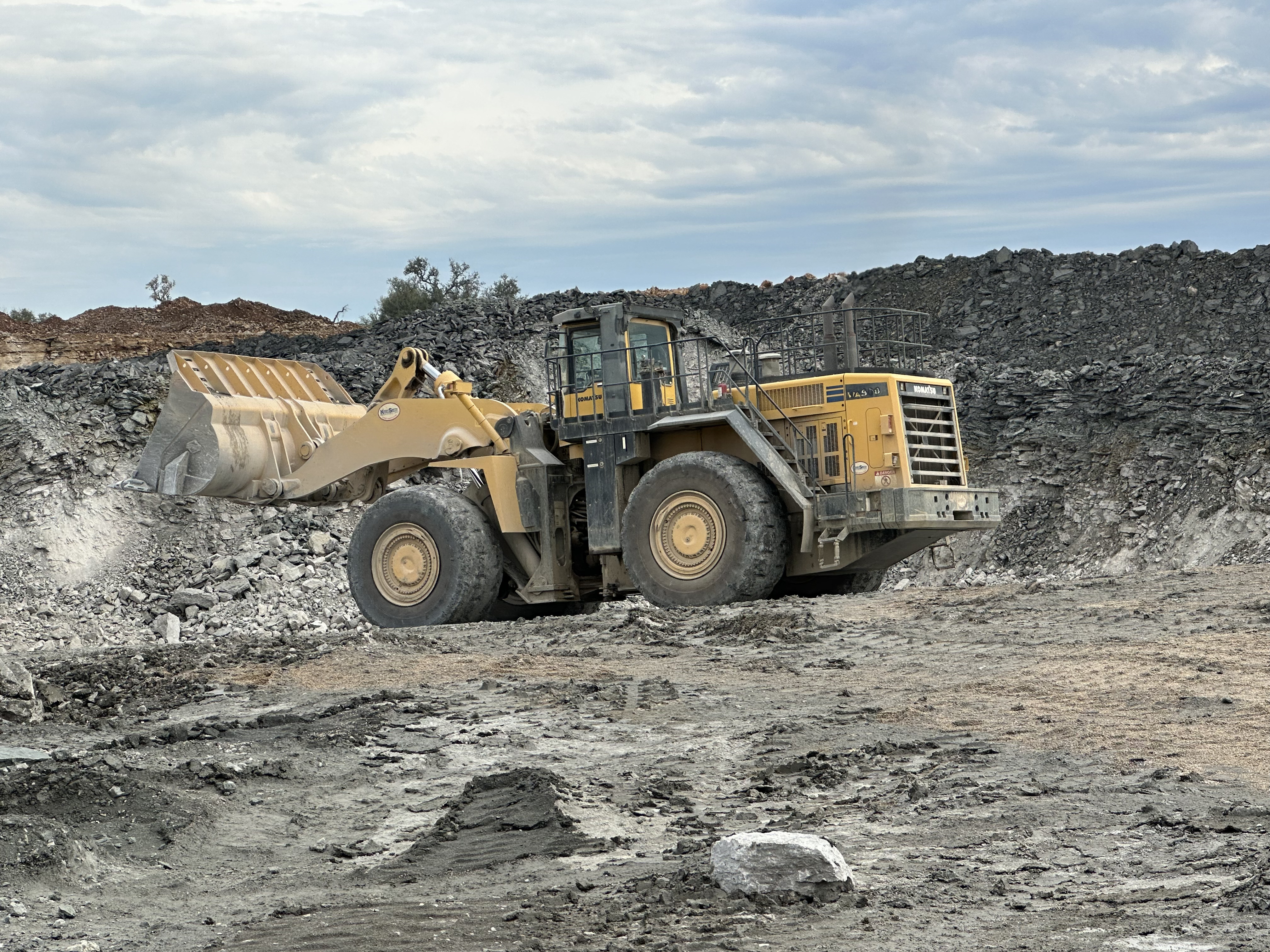




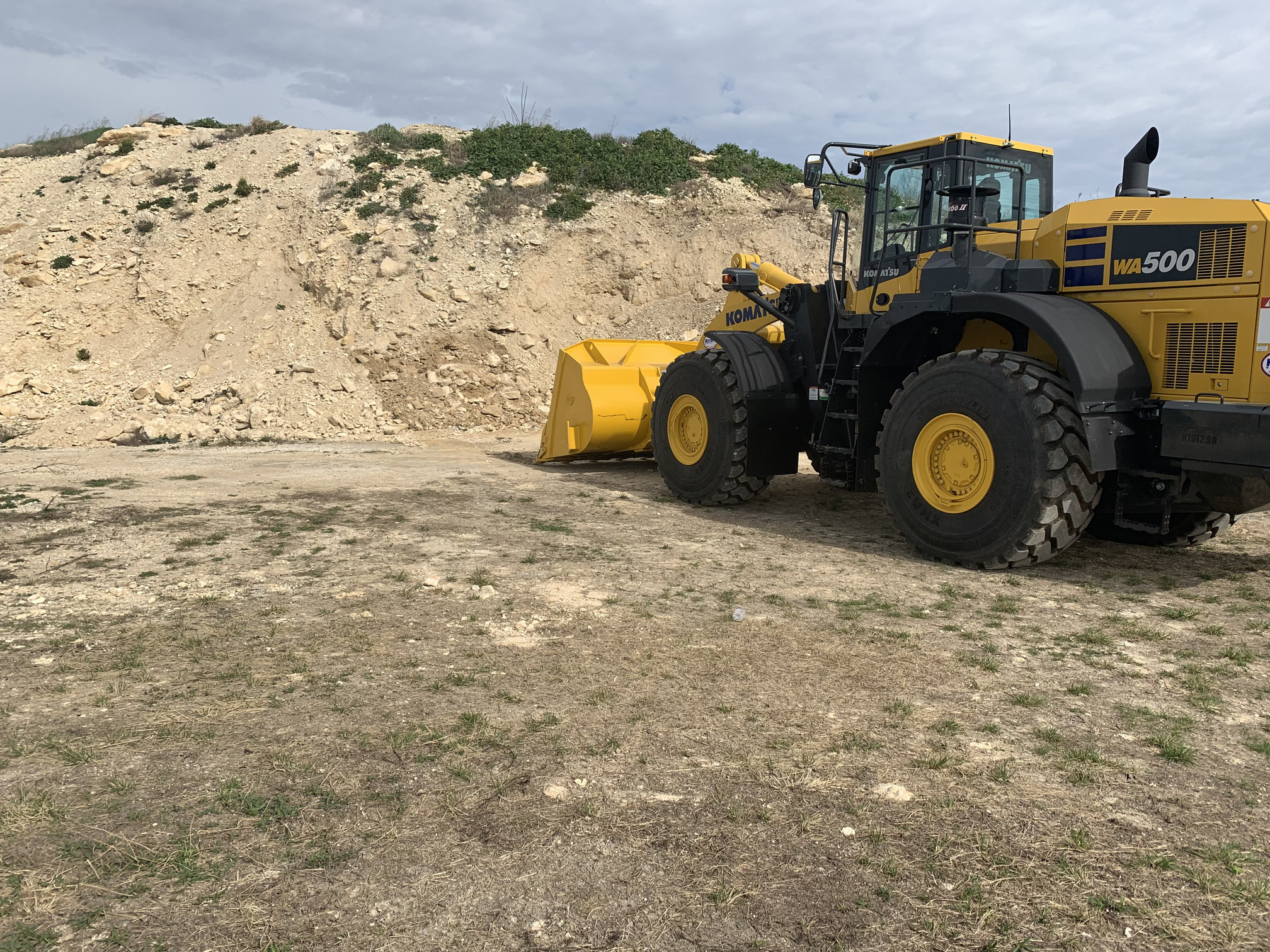
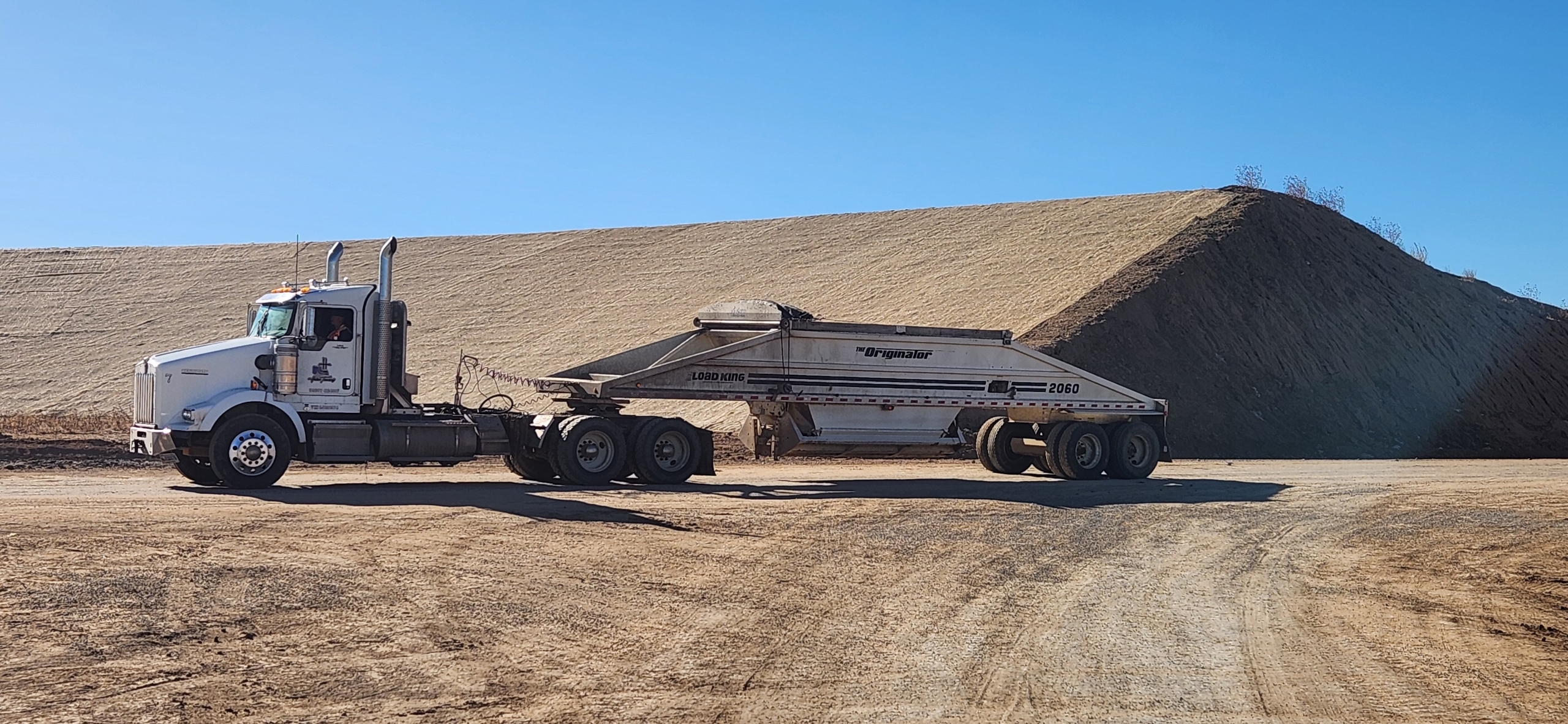
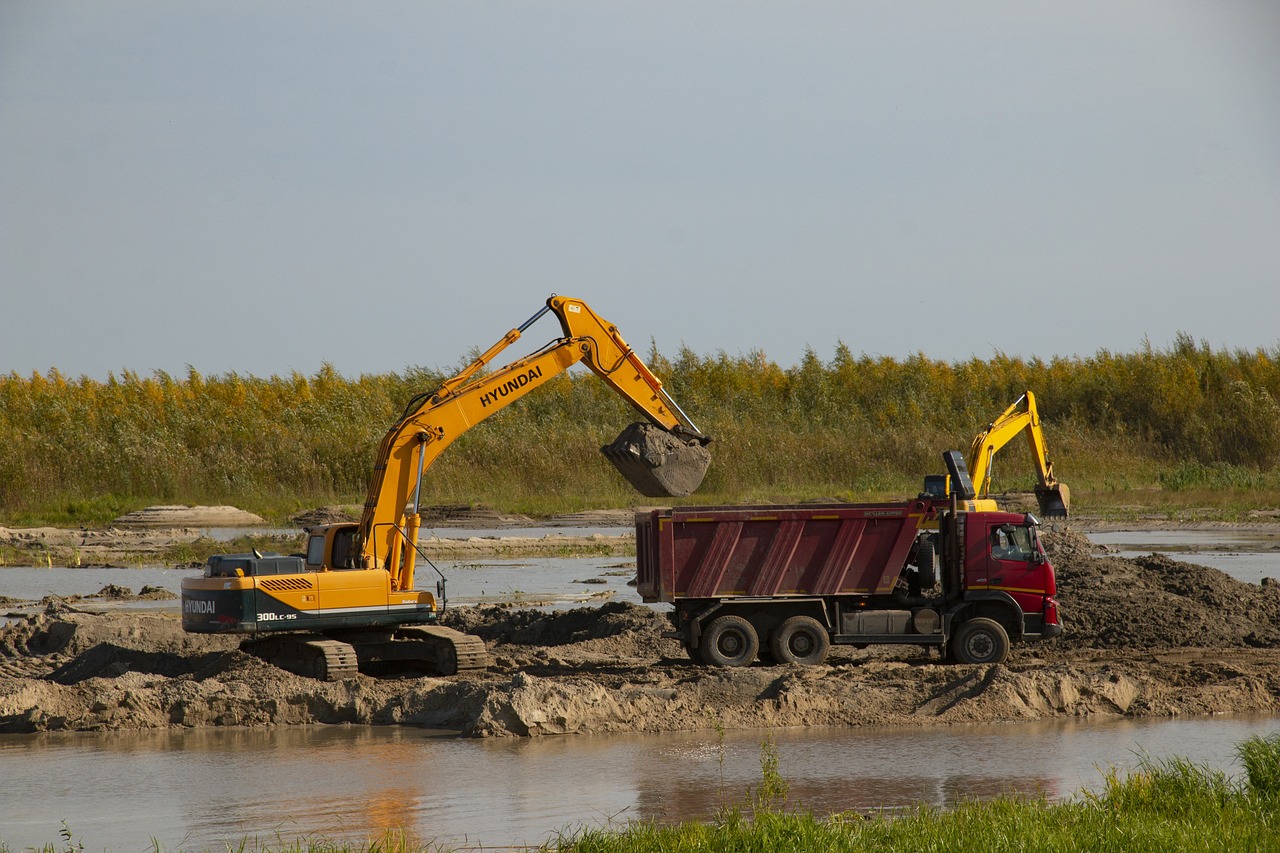

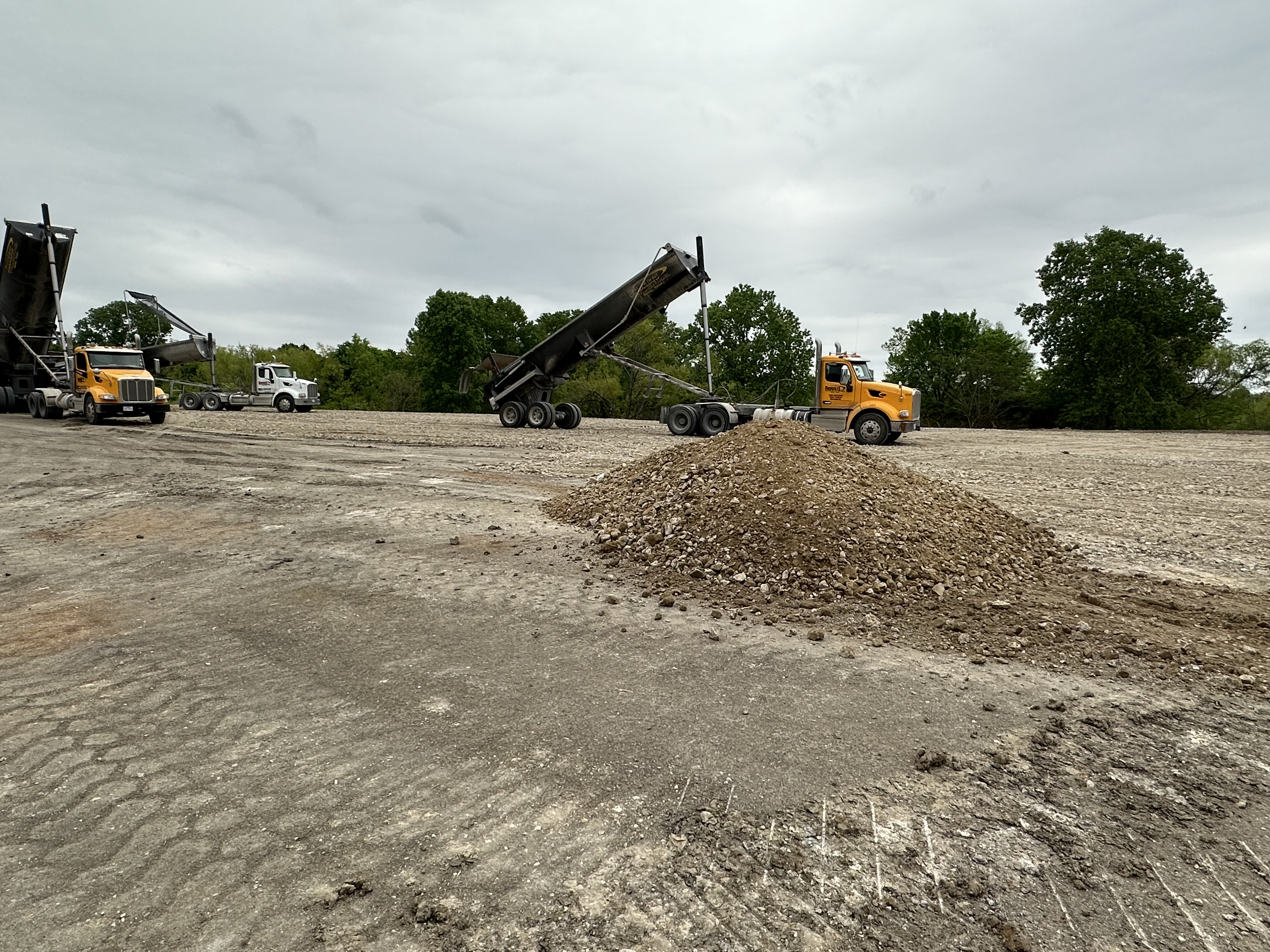

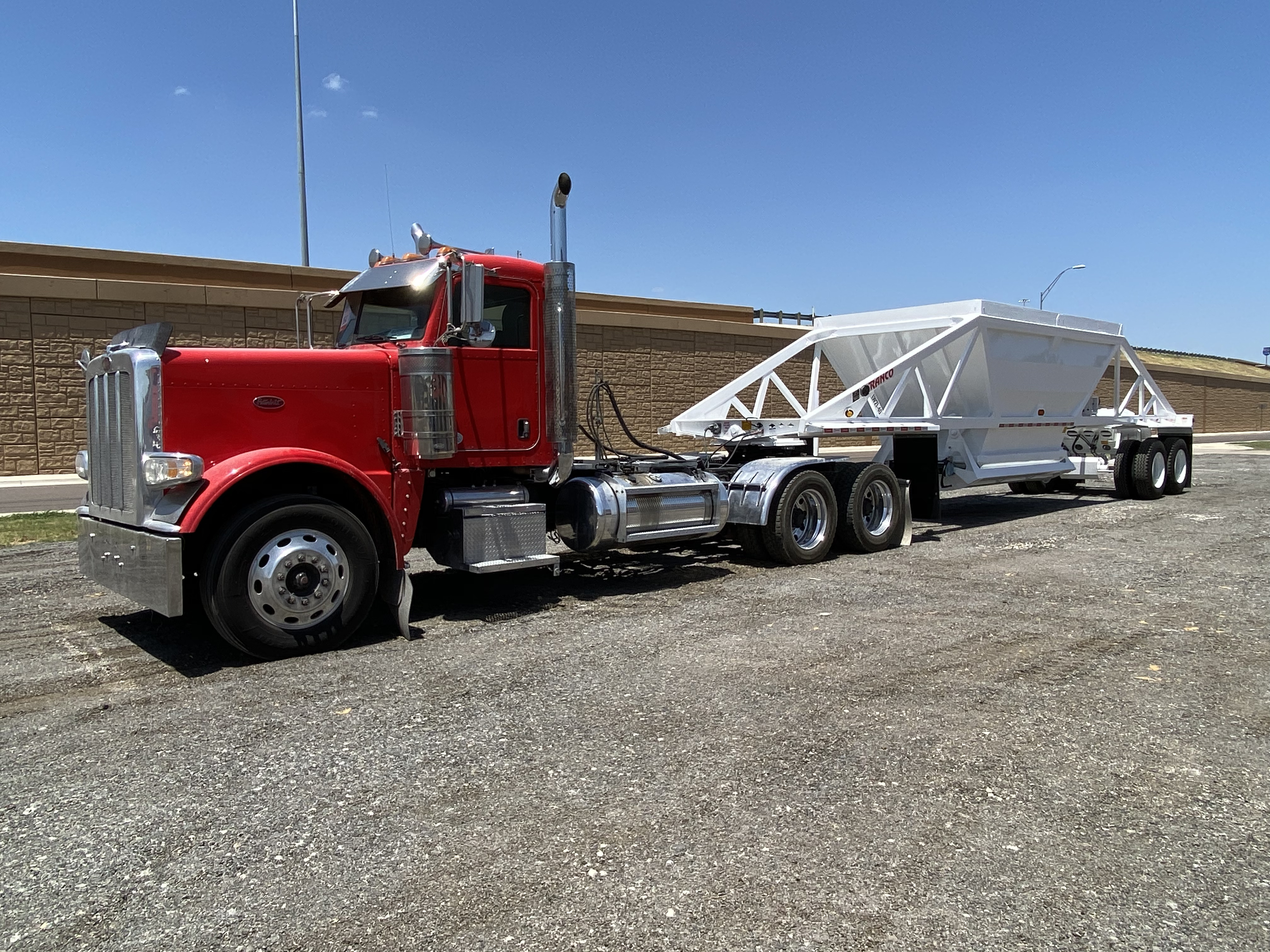
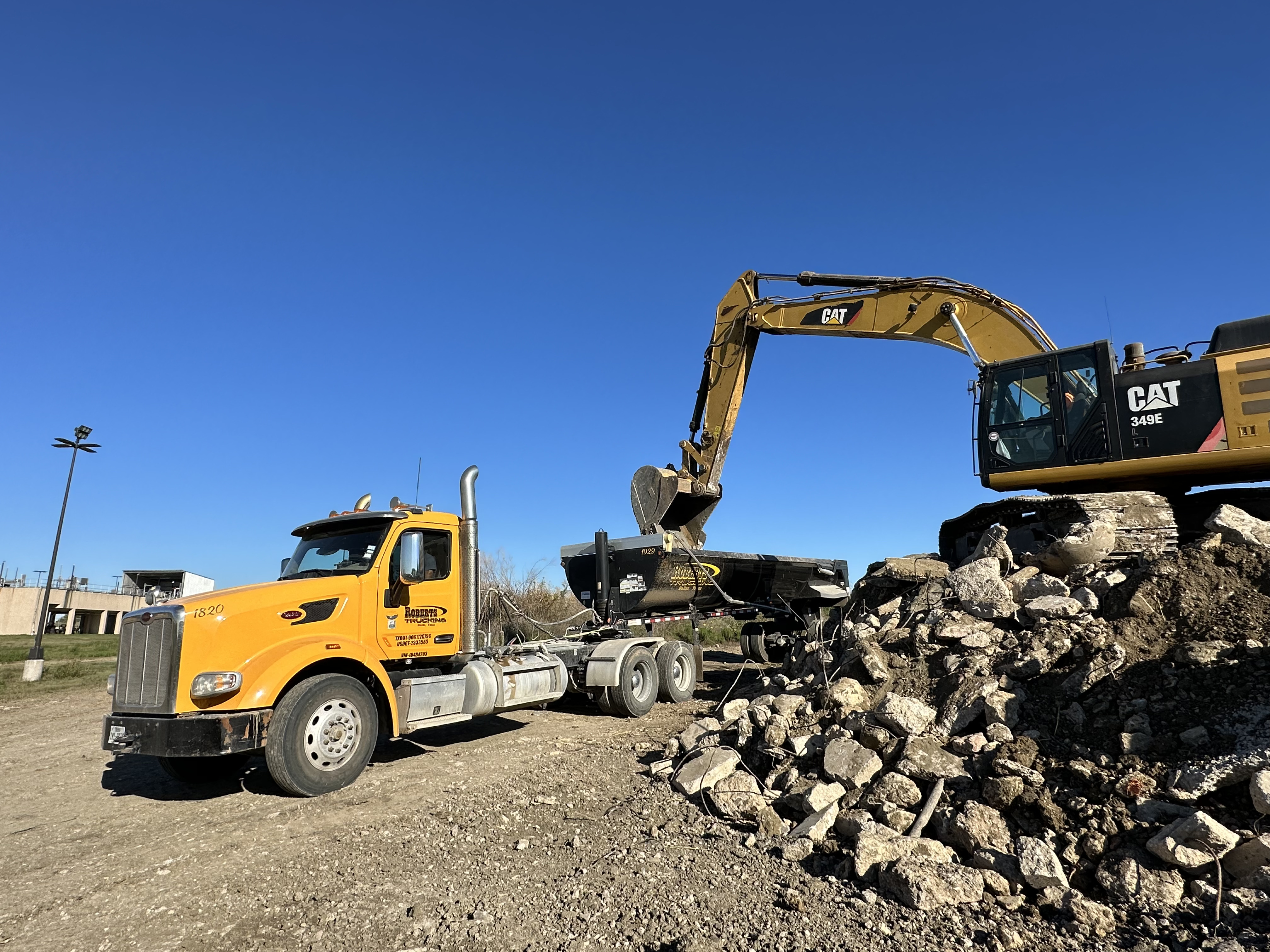
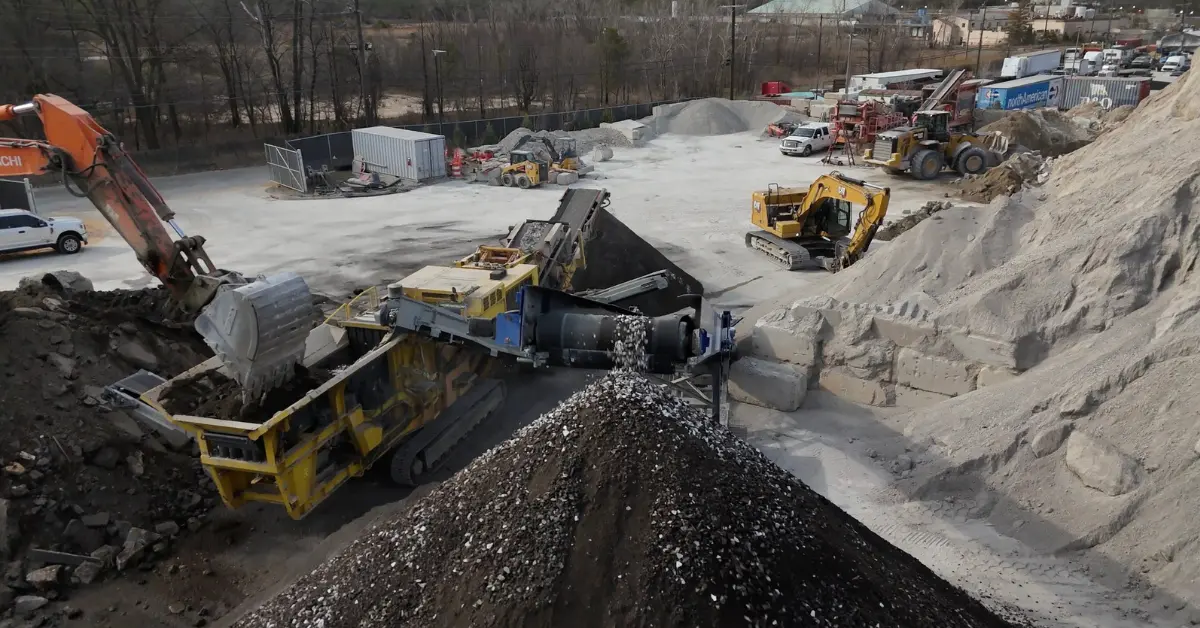
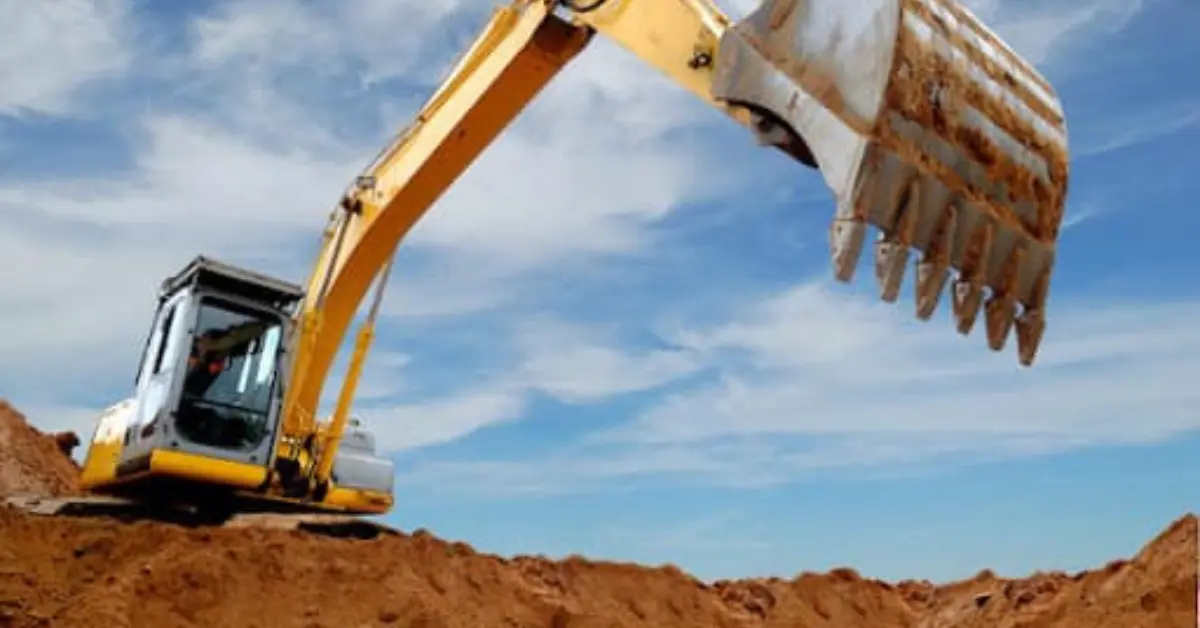
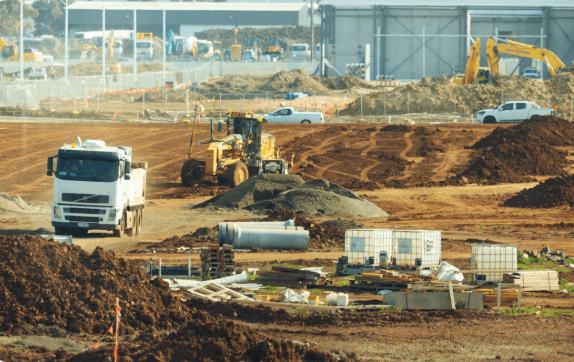

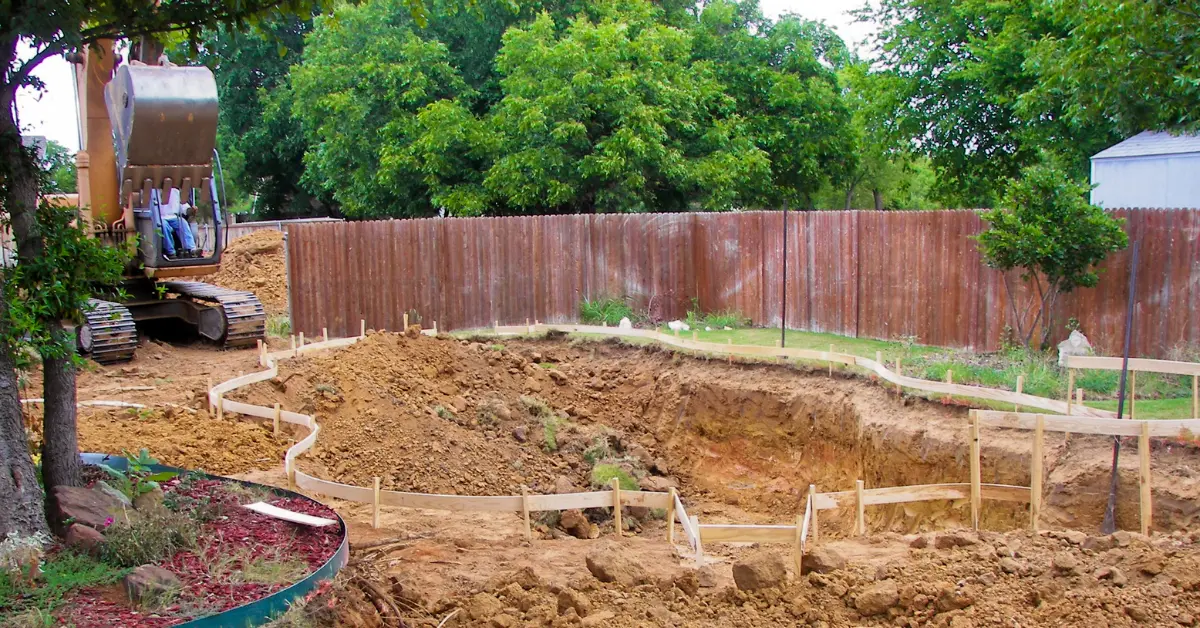
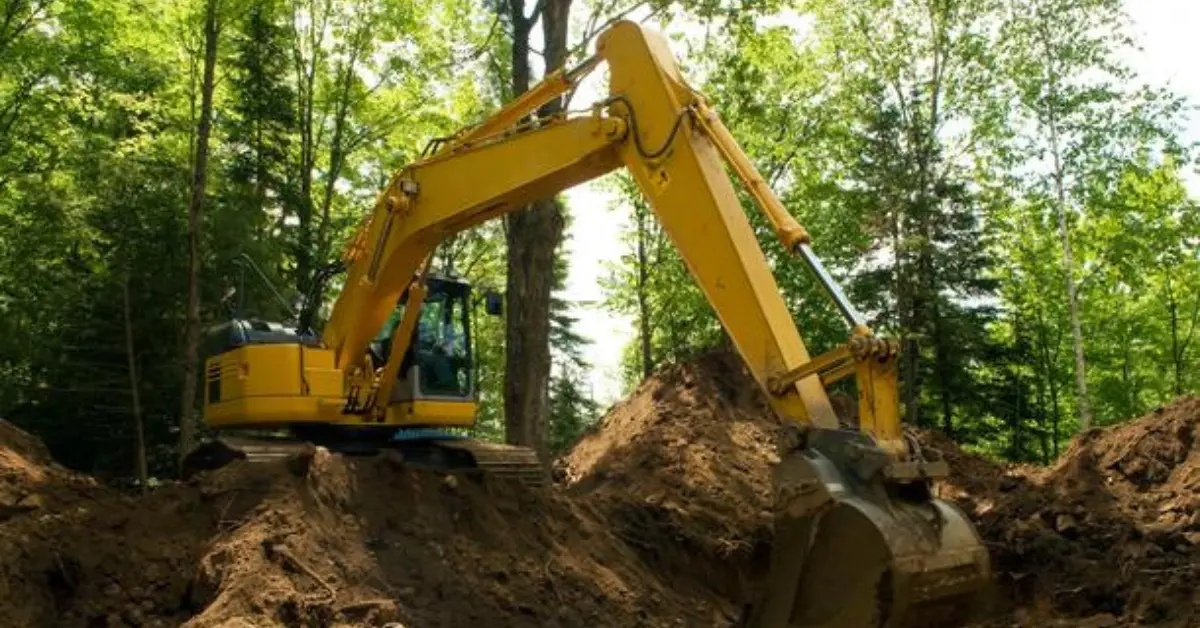
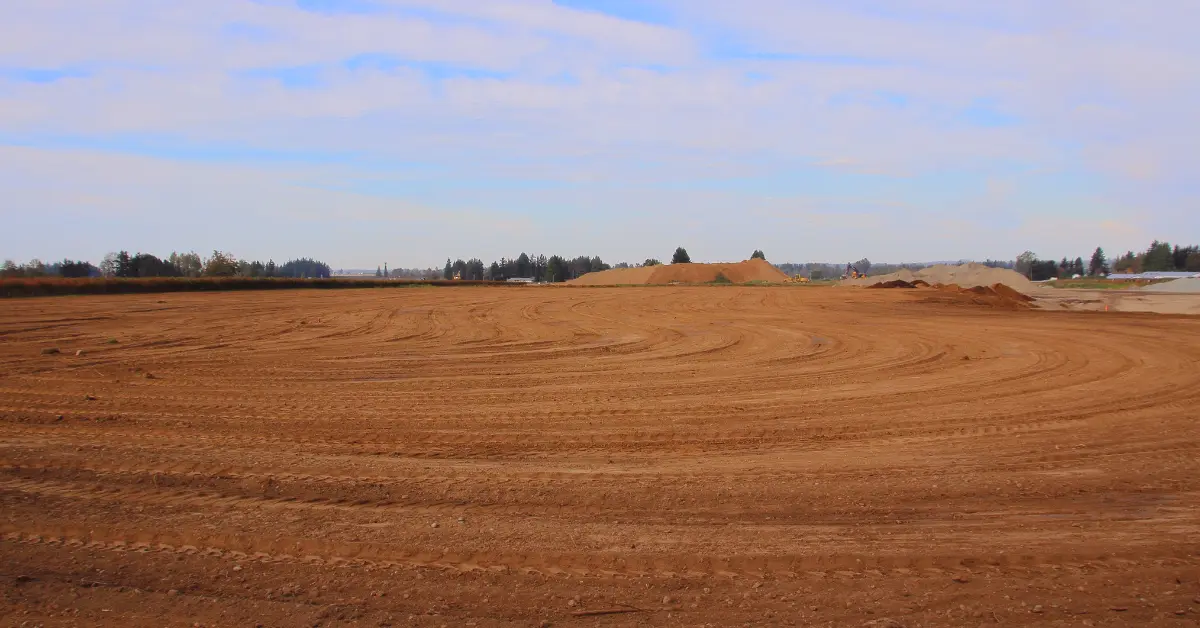



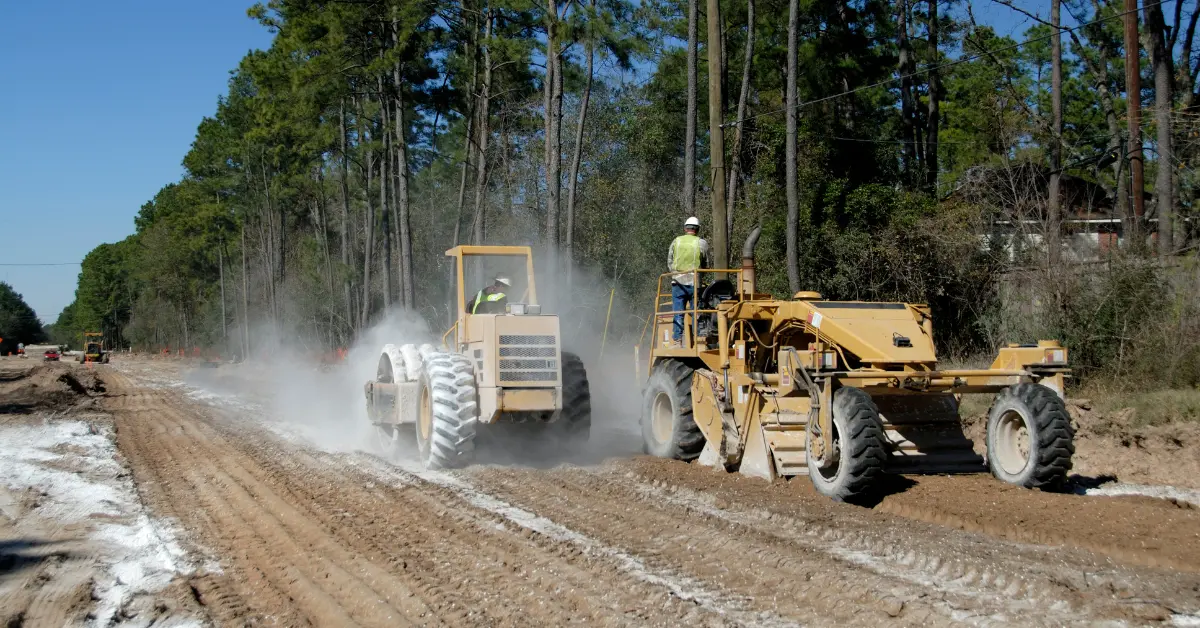




.jpg)

